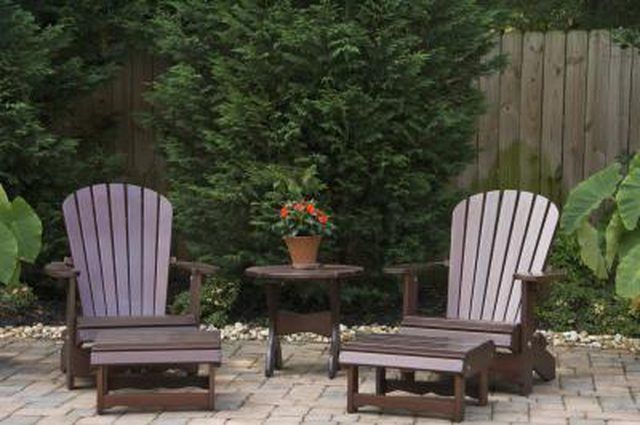Bulbs
Flower Basics
Flower Beds & Specialty Gardens
Flower Garden
Garden Furniture
Garden Gnomes
Garden Seeds
Garden Sheds
Garden Statues
Garden Tools & Supplies
Gardening Basics
Green & Organic
Groundcovers & Vines
Growing Annuals
Growing Basil
Growing Beans
Growing Berries
Growing Blueberries
Growing Cactus
Growing Corn
Growing Cotton
Growing Edibles
Growing Flowers
Growing Garlic
Growing Grapes
Growing Grass
Growing Herbs
Growing Jasmine
Growing Mint
Growing Mushrooms
Orchids
Growing Peanuts
Growing Perennials
Growing Plants
Growing Rosemary
Growing Roses
Growing Strawberries
Growing Sunflowers
Growing Thyme
Growing Tomatoes
Growing Tulips
Growing Vegetables
Herb Basics
Herb Garden
Indoor Growing
Landscaping Basics
Landscaping Patios
Landscaping Plants
Landscaping Shrubs
Landscaping Trees
Landscaping Walks & Pathways
Lawn Basics
Lawn Maintenance
Lawn Mowers
Lawn Ornaments
Lawn Planting
Lawn Tools
Outdoor Growing
Overall Landscape Planning
Pests, Weeds & Problems
Plant Basics
Rock Garden
Rose Garden
Shrubs
Soil
Specialty Gardens
Trees
Vegetable Garden
Yard Maintenance
How to Preserve Outdoor Wood Furniture
How to Preserve Outdoor Wood Furniture. The object of preservation is twofold: to prevent moisture from entering the furniture and to prevent rot and decay. Many widely used finishes are not wood preservatives and do not contain products that prevent deterioration. For long-term preservation, it's best to avoid top coats that can fail.

The object of preservation is twofold: to prevent moisture from entering the furniture and to prevent rot and decay. Many widely used finishes are not wood preservatives and do not contain products that prevent deterioration. For long-term preservation, it's best to avoid top coats that can fail.
Top Coats and Paint
Top-coat products such as varnish or shellac shouldn't be applied to wood for long-term preservation; it often deteriorates within a year. To preserve a top-coat finish, the wood must be stripped and refinished, which is time consuming and expensive. Paint is not a preservative and does not prevent decay. Paint offers an original barrier to moisture, but when paint or top coats fail, they flake off and the wood is exposed to the elements. Refinishing to preserve painted furniture includes complete stripping of the old paint, adding a preservative to the wood and a complete repainting of the furniture.
Water Repellents
Water-repellent, UV-resistant preservatives -- not to be confused with standard water-repellent, which contains no preservatives -- are one of the best choices for outdoor furniture preservation. They contain wax, resin, drying oil and an EPA-registered fungicide as a preservative. Renew a water-repellent preservative finish by cleaning the furniture with a bristle brush, then add a new application of preservative. Don't use wire brushes or steel wool with preservative-based repellents as it causes discoloration.
Stains as Preservatives
Penetrating exterior stain is widely used to preserve exterior wood furniture. Semi-transparent is the best type as it allows the wood to age to the silvery gray color some people may find appealing. Pigmented exterior stain adds color to match your furniture but leaves a film that can deteriorate. Semi-transparent stain penetrates into the wood to add protection without leaving a surface coating that can peel off later. Brush on two coats, applying the second coat before the first one is dry. Wait for an hour and wipe off the excess stain with a dry cloth. Use a stiff bristle brush to remove debris and loose fibers and apply another coat of stain once or twice a year.
Penetrating Oils
Manufacturers sometimes recommend natural oils such as linseed oil and tung oil -- but neither oil is a preservative. However, they do prevent moisture from entering the wood. Some professionals claim penetrating oil traps moisture in the wood; others state it feeds the wood, making it more supple. An example of preservation includes applying penetrating oil to older furniture with cracks, raised or flaky grain and an obvious drying-out problem. For a quick preservation update, use a spray gun or cloth to saturate the wood with the oil. Allow it to dry for 72 hours and add another application to seal off pores. Wipe off the excess with a soft cloth. Outdoor applications should be repeated on a yearly basis. The working life of an oil finish is one or two years; a yearly application is recommended.